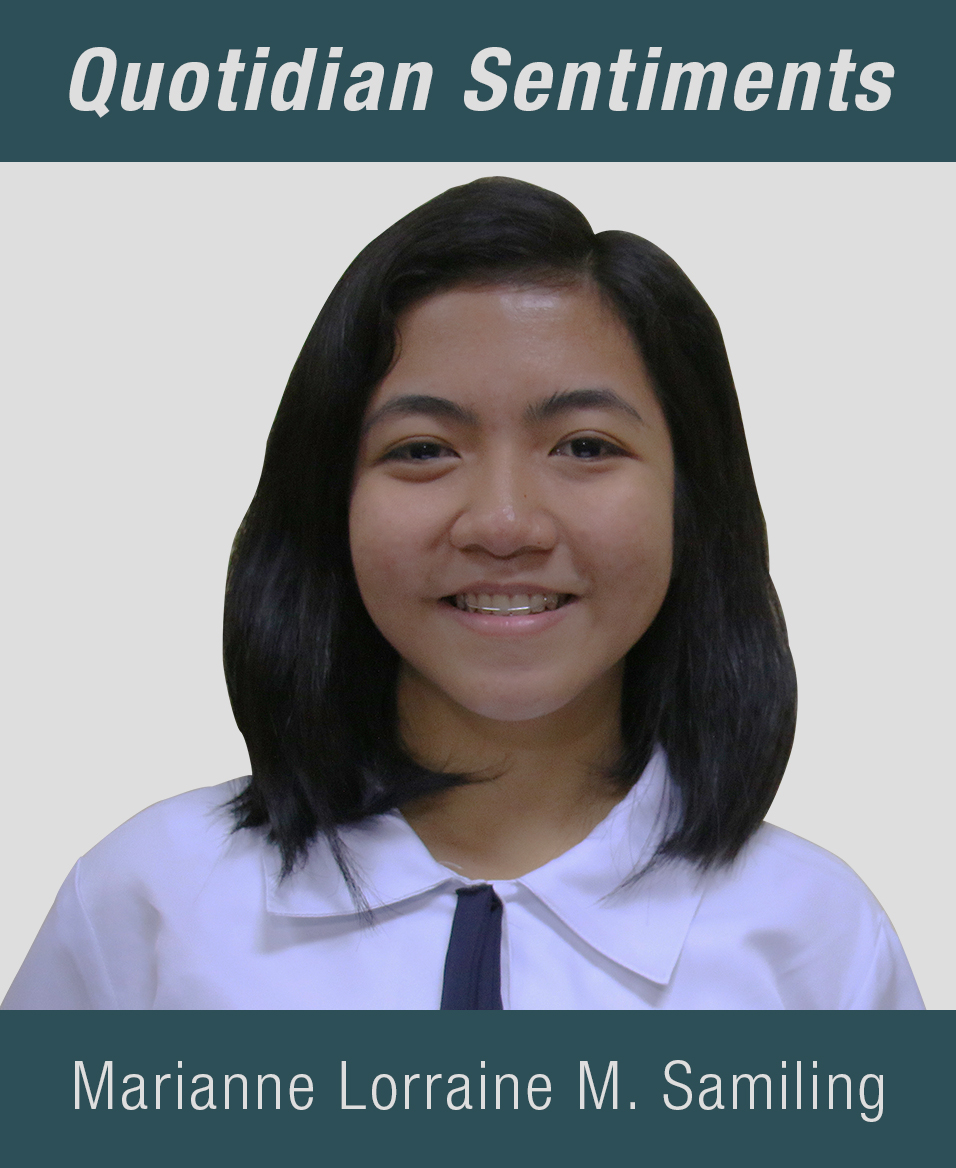 OCTOBER OF the previous year, a photo of 90-year-old Apo Whang-Od Oggay sleeping at a press conference in the recent Manila FAME trade show circulated online. Many netizens were outraged and expressed their concern towards the Kalinga tattoo artist. The Center for International Trade Expositions and Mission (CITEM) invited Whang-Od for the 66th Manila FAME with the primary purpose of showing Philippine art in its most uninfluenced form, and to promote Whang-Od’s nomination in Gawad ng Manililikha ng Bayan. Netizens, however, were quick to associate the words “exploitation” and “cultural appropriation” after viewing the viral photo of Whang-Od.
OCTOBER OF the previous year, a photo of 90-year-old Apo Whang-Od Oggay sleeping at a press conference in the recent Manila FAME trade show circulated online. Many netizens were outraged and expressed their concern towards the Kalinga tattoo artist. The Center for International Trade Expositions and Mission (CITEM) invited Whang-Od for the 66th Manila FAME with the primary purpose of showing Philippine art in its most uninfluenced form, and to promote Whang-Od’s nomination in Gawad ng Manililikha ng Bayan. Netizens, however, were quick to associate the words “exploitation” and “cultural appropriation” after viewing the viral photo of Whang-Od.
These words of assumption and contempt have opened the discussion of power dynamics behind culture and tradition. Cultural appropriation seems to encapsulate these power dynamics in a binary view of the majority and the minority. Susan Scafidi, author of Who Owns Culture? Appropriation and Authenticity in American Law, defined cultural appropriation as “taking intellectual property, traditional knowledge, cultural expressions, or artifacts from someone else’s culture without permission.” In a larger context, cultural appropriation seems to always involve members of the dominant culture “borrowing” from the minority groups. This is different from the cultural exchange because it is not a mutually shared action between the involve groups. There is also no system of power in cultural exchange.
Cultural appropriation is also different from cultural assimilation because assimilation is considered as a resort of the minority group to adopt from the dominant culture for survival, that is, indigenous people try to learn English for communication. Cultural appropriation is not limited to taking an element from the minority without their permission, but it is about contextualizing these elements you are about to borrow with their history and current state of affairs. Power relationship is also a great factor in determining plain borrowing from exploitative cultural appropriation.
In this view, is it appropriate to label WhangOd’s participation in Manila FAME’s trade event as an exploitative cultural appropriation? Before I answer this question, I want to enumerate all the relevant facts to support my point. First, Apo Whang-Od agreed to take part of the event under three conditions: to meet Coco Martin in person, to be taken to Manila via helicopter, and to be able to promote her tattoos. Second, part of the contract stated that Whang-Od would do a live tattooing session for only five to seven people to demonstrate her craft. After finishing the tattoos of the people intended to have theirs done live, Apo Whang-Od realized that she already gathered a crowd who wants to have their tattoos done; this is where the netizens lost all their cool. Apo Whang-Od decided to accept more “customers.” With the help of her grandnieces, Grace and Elyang, they have tattooed 200 people during the three-day event.
After reading the reports and opinions of other people, all implied Apo Whang-Od was manipulated to participate in the event. This can be related to the 1904 Philippine Exposition at St. Louis World’s Fair in Missouri wherein 30 tribes were used as “living exhibits.” The assumptions made by the netizens have put an image of commodified culture and cultural appropriation. But what others fail to recognize is the agreement both parties; Apo Whang-Od and CITEM have clearly stated their objectives and purposes to one another and came to an agreement. It was the uncontrolled circumstances that made that agreement problematic. Cultural appropriation is “borrowing” without permission and it is very clear that in this case, Apo Whang-Od was completely aware of what was happening. She gave her consent and was happy that she was able to tattoo people.
In the part where the traditional tattoo seemed to be commodified and exploited, I think this is also a matter of how Apo Whang-Od view what happened. These tattoos of Kalinga warriors in the skin of a tourist seem to devoid all symbolism. It now becomes a commodity someone can easily purchase. However, Apo Whang-Od voluntarily made these traditional tattoos available for many people in exchange for money and for another purpose. For her, this is a promotion of her province and for the survival of their culture and art. She views this as a legacy so that people will remember her and her craft.
What we have left now is the way we view things in the spark of appropriating cultures. This is not just a matter of regarding and crediting elements from one culture to another, but it is about viewing things with a sensibility to its historical, political, and social context. Cultural appropriation is a power play between those from the majority and minority. It is about guarding and protecting these “borrowings” from uncredited and unacknowledged patterns in the exchange. It is important to recognize the power structure underlying the borrowings we make from other cultures and in Apo Whang-Od case, she is completely aware of it. F
For feedback, email samilingmarianne@gmail.com.



